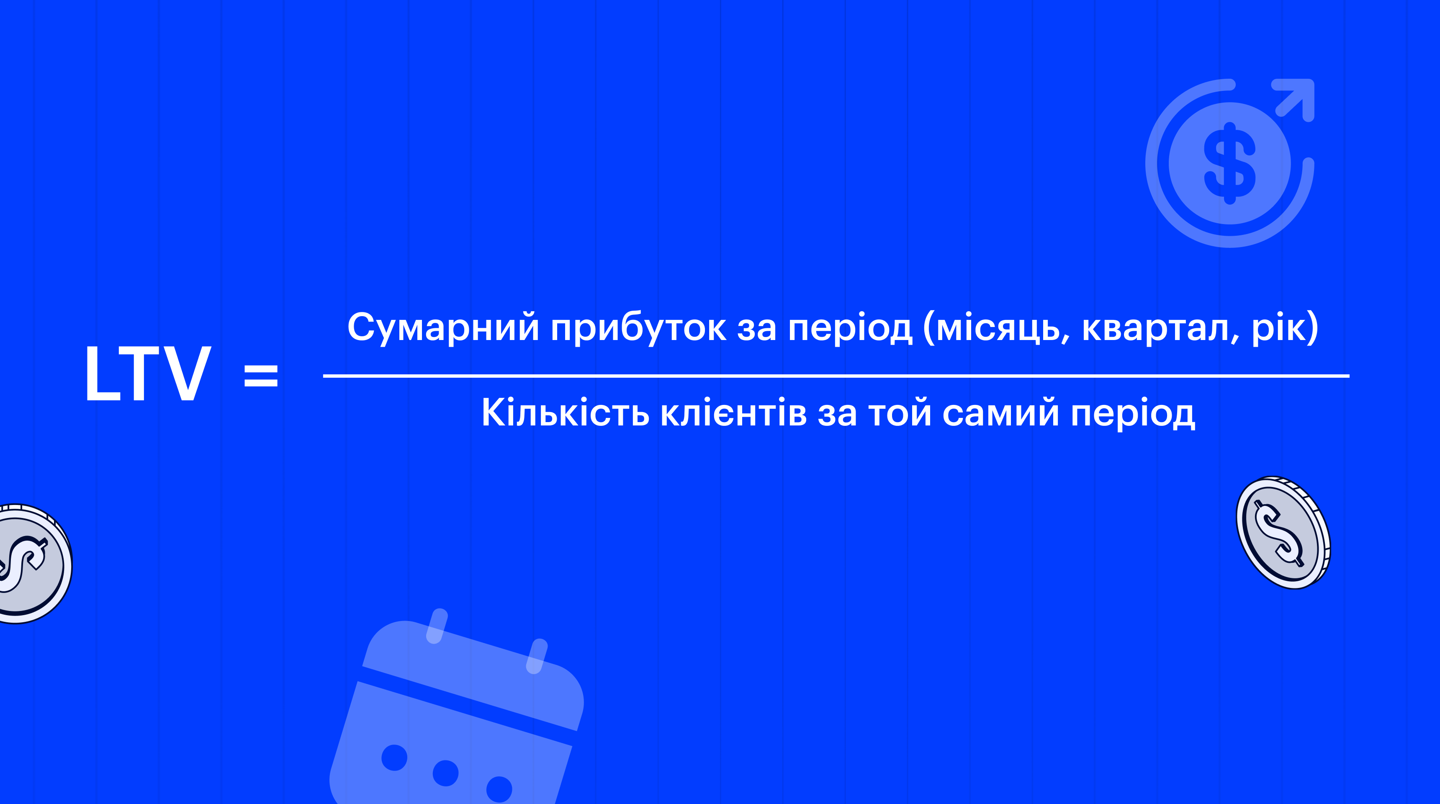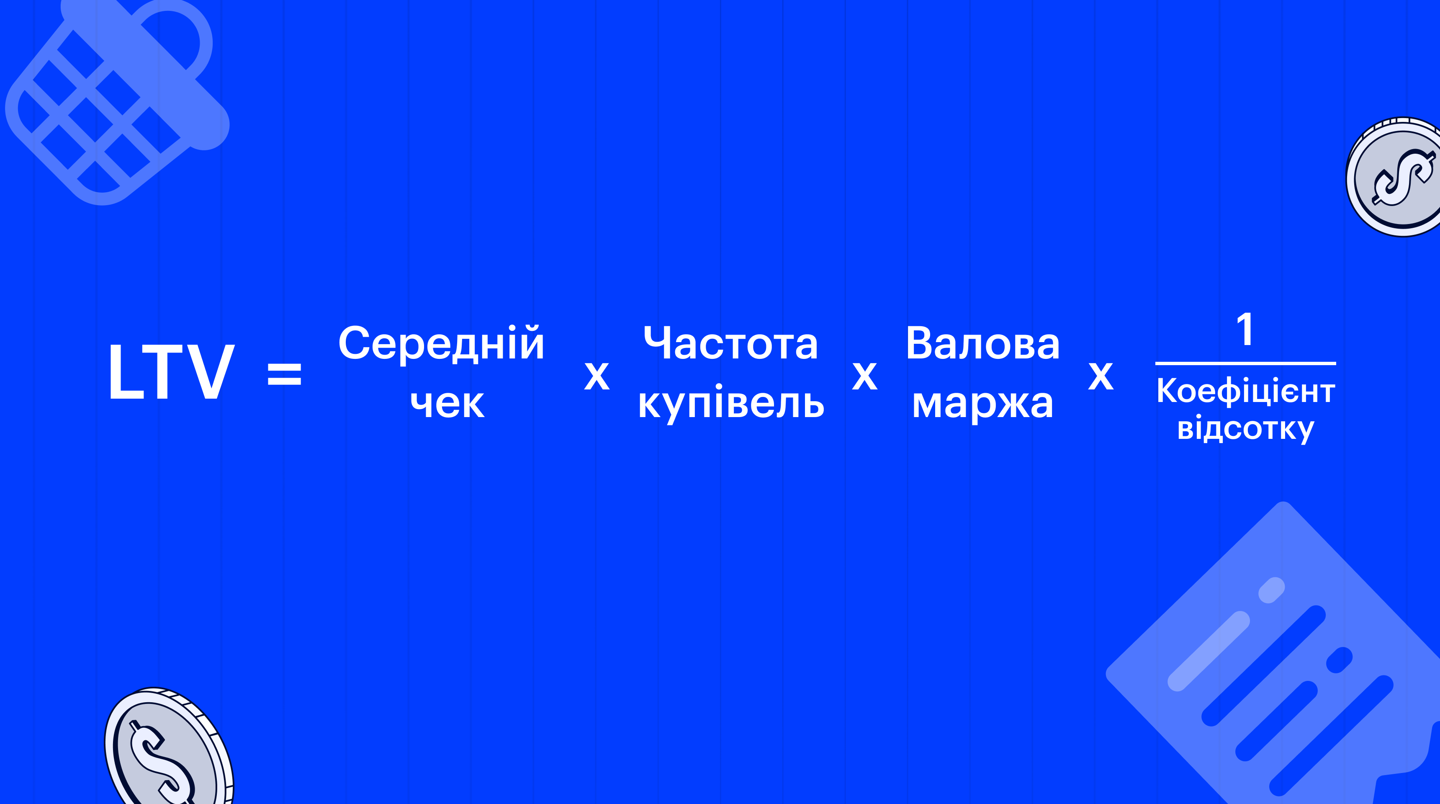In today's business environment, any company seeking growth and stable profits must closely monitor how customer interactions affect profitability. One of the key indicators that reflects a customer's value to a company is customer lifetime value (LTV).
The LTV metric helps businesses:
- predict the profitability and effectiveness of marketing investments;
- determine how many resources to spend on attracting and retaining customers;
- Optimize engagement strategies, increasing average check size and repeat sales.
In this article, we will discuss what LTV is, how to calculate it correctly, which payment solutions help improve it, how to increase customer profit, and how Tranzzo helps businesses with these issues.




 Most Popular Payment Methods in the World: Analysis by Markets
Most Popular Payment Methods in the World: Analysis by Markets How to Increase Conversions in an Online Store with a Checkout Page
How to Increase Conversions in an Online Store with a Checkout Page How Tranzzo Simplified the Payment Process for Tickets.ua
How Tranzzo Simplified the Payment Process for Tickets.ua Integrating Multiple Payment Methods: Challenges and Solutions
Integrating Multiple Payment Methods: Challenges and Solutions Abandoned Shopping Carts: Why Businesses Lose Revenue and How to Increase the Number of Successful Payments
Abandoned Shopping Carts: Why Businesses Lose Revenue and How to Increase the Number of Successful Payments

